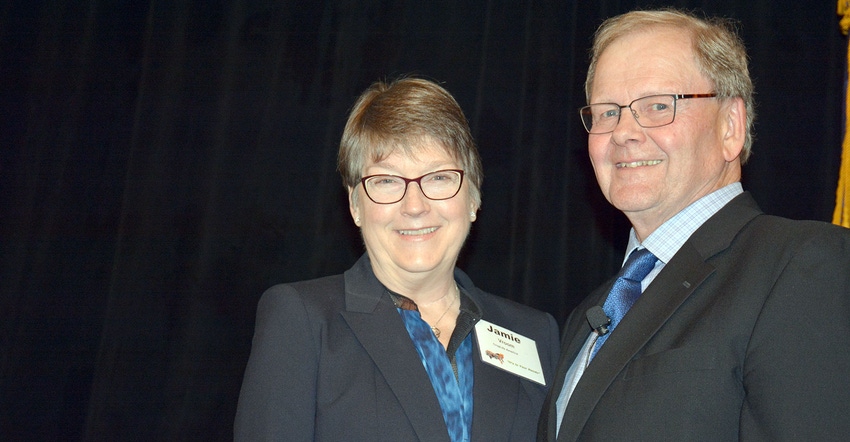November 28, 2018

Jay Vroom, recently retired president and CEO of CropLife America, opened his remarks to the Southern Crops Production Association annual meeting with a short video: “If the World Were 100 People.”
It was appropriate for the SCPA meetings theme: “The Globalization of Agriculture.” Vroom and other speakers during the two-day conference discussed the role the crop protection industry will play in feeding and clothing 10 billion people by 2050.
The video points out, if the world were only 100 people:
• 50 would be women, 50 would be men.
• 14 would be Americans, 15 would be African, 11 Europeans and 60 would be Asians.
• The biggest chunk would be 25 to 54 years old; the next largest 0-14; the smallest group is above 65 (that’s me).
• 31 of the 100 would be Christian; 23 Muslim, 15 Hindu,7 Buddhist and the rest of unknown faiths.
• More people (12) speak Mandarin than anything else, followed by Spanish (6), English (5), Hindi (4), and Arabic (3). The rest speak 6,500 other languages.
• 86 can read and write; 14 cannot.
• 15 people make less than $1 a day; 56 people make between $2 and $10 per day; 13 people make between $10 and 20 per day; 9 people make $20 to $50 a day; 6 make from $50 to $90 a day; 1 person makes more than $90 per day. One person controls 50 percent of the money.
• Of the 100 people in the world, 23 are overweight; 63 are healthy; 15 are malnourished; and one is starving.
• 87 have clean water; 13 do not.
• 77 have shelter; 23 do not.
• 44 have internet, 56 do not, but 75 have a smart phone and only 25 do not.
• Only 7 attended college, so 93 did not.
Vroom used the 2-minute and 28-second video to point out the disparity in the world for a lot of the things we take for granted in this country. He also notes that agriculture plays and will continue to play a role in solving some of those global problems.
He also talked about challenges — regulations that disregard science and limit the ability to create new products to improve agriculture efficiency and to get those new tools in the hands of the farmers who need them. For some, it’s not a market they need but ample food for their families.
Globalization, he and other speakers noted, comes with many challenges — language, cultural differences that sometimes limit food choices, inability to afford adequate nutrition, and government regulations that prevent access to technology that could improve productivity and health.
An overriding theme during the conference was the need for better communication — with trading partners, with government officials, and within the agriculture industry.
But an essential need, Vroom and other speakers say, is to engage consumers who have a growing disconnect with agriculture.
You May Also Like




